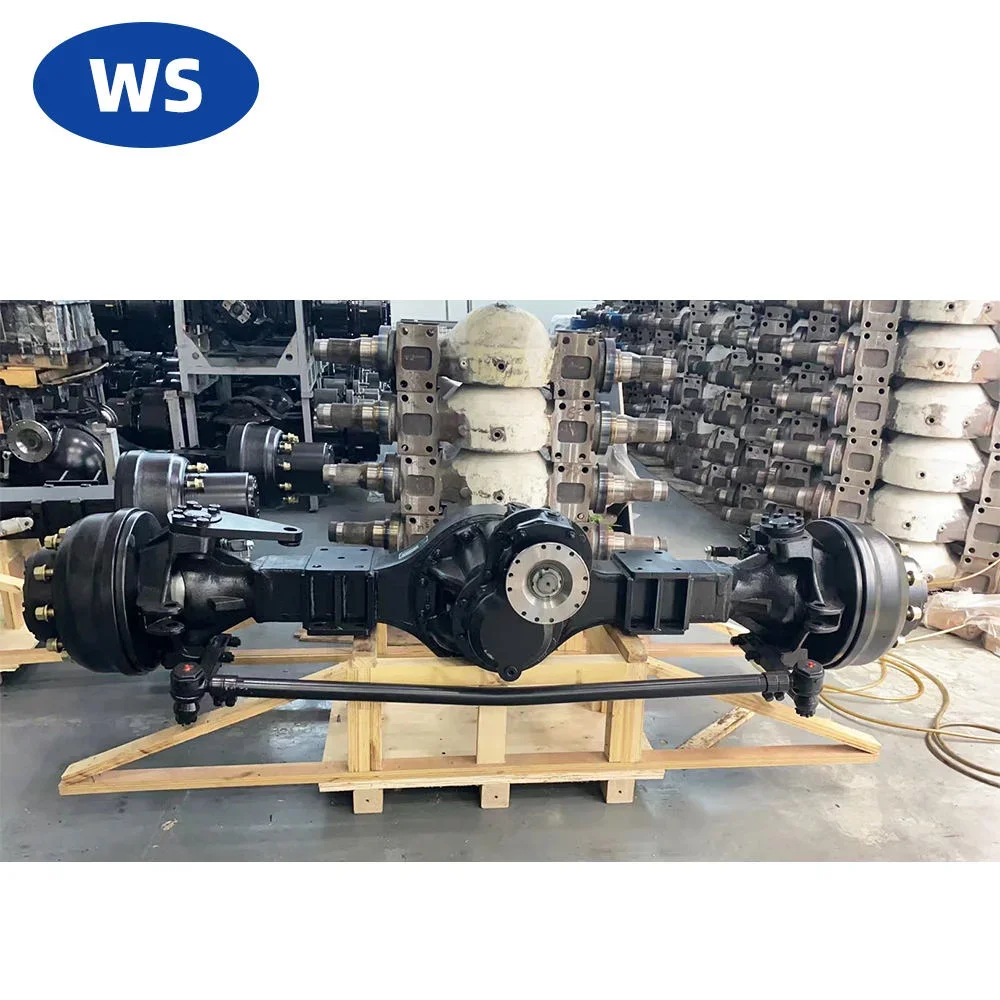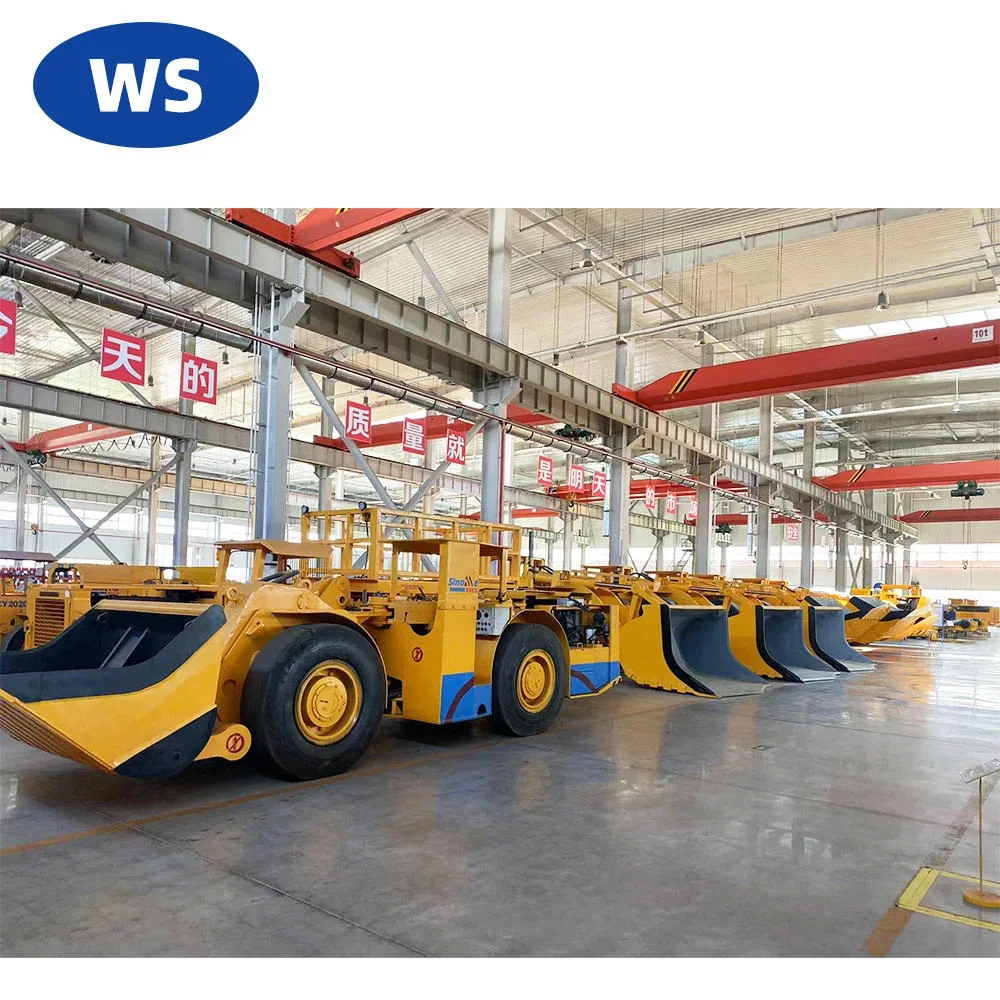In the world of automobiles, power transmission plays a crucial role in ensuring smooth and efficient movement. Two key components that contribute significantly to power transmission are the differential and axle. These components work together to distribute power from the engine to the wheels, allowing the vehicle to move forward or backward. In this article, we will explore the functions, types, and importance of differentials and axles in vehicles.
Understanding the Differential
Definition and Purpose
The differential is a mechanical device that allows the wheels of a vehicle to rotate at different speeds while transmitting torque to both wheels. Its primary purpose is to compensate for the difference in distance traveled by the inner and outer wheels during turns.
How Does It Work?
The differential consists of a set of gears that distribute torque from the engine to the wheels. When the vehicle is moving straight, the differential distributes equal torque to both wheels. However, during turns, the outer wheel needs to travel a greater distance than the inner wheel. The differential allows the outer wheel to rotate faster, compensating for this difference and ensuring smooth turning.
Types of Differentials
There are several types of differentials, including open differentials, limited-slip differentials, and locking differentials. Each type has its own advantages and disadvantages, making them suitable for different driving conditions and vehicle types.
The Role of Axles
Definition and Function
Axles are shafts that connect the wheels to the differential, transmitting torque from the differential to the wheels. They also support the weight of the vehicle and provide stability.
Types of Axles
There are two main types of axles used in vehicles: live axles and independent axles. Live axles are commonly found in rear-wheel-drive vehicles and some off-road vehicles, while independent axles are used in front-wheel-drive and some high-performance vehicles.

Importance of Differential and Axle in Power Transmission
Enhanced Traction
The differential and axle combination allows power to be distributed to both wheels, improving traction and preventing wheel slippage. This is particularly important in off-road driving or challenging road conditions.
Improved Maneuverability
By allowing the wheels to rotate at different speeds during turns, the differential and axle enable smooth and precise maneuvering. This enhances the vehicle's handling and reduces the risk of skidding or loss of control.
Reduced Stress on Drivetrain Components
The differential and axle help distribute torque evenly between the wheels, reducing stress on other drivetrain components such as the transmission and driveshaft. This promotes longevity and reliability of the vehicle's powertrain.
Maintenance and Troubleshooting
Differential Fluid
Regular maintenance of the differential includes checking and changing the differential fluid. This fluid lubricates the gears and bearings, preventing excessive wear and ensuring smooth operation.
Common Differential Problems
Some common differential problems include leaks, noise, and excessive play. These issues can be caused by worn-out bearings, damaged seals, or improper lubrication. Regular inspections and timely repairs are essential to prevent further damage.
Axle Maintenance
Axles require regular inspection for signs of wear, such as excessive play or leaking grease. Proper lubrication and replacement of worn-out components are necessary to maintain optimal performance and safety.

Conclusion
In conclusion, the differential and axle are key components for power transmission in vehicles. They work together to distribute torque from the engine to the wheels, ensuring enhanced traction, improved maneuverability, and reduced stress on drivetrain components. Regular maintenance and timely repairs are crucial to keep these components in optimal condition. Understanding the functions and types of differentials and axles can help vehicle owners make informed decisions regarding their power transmission systems.
Differential and Axle: Key Components for Smooth and Efficient Driving


